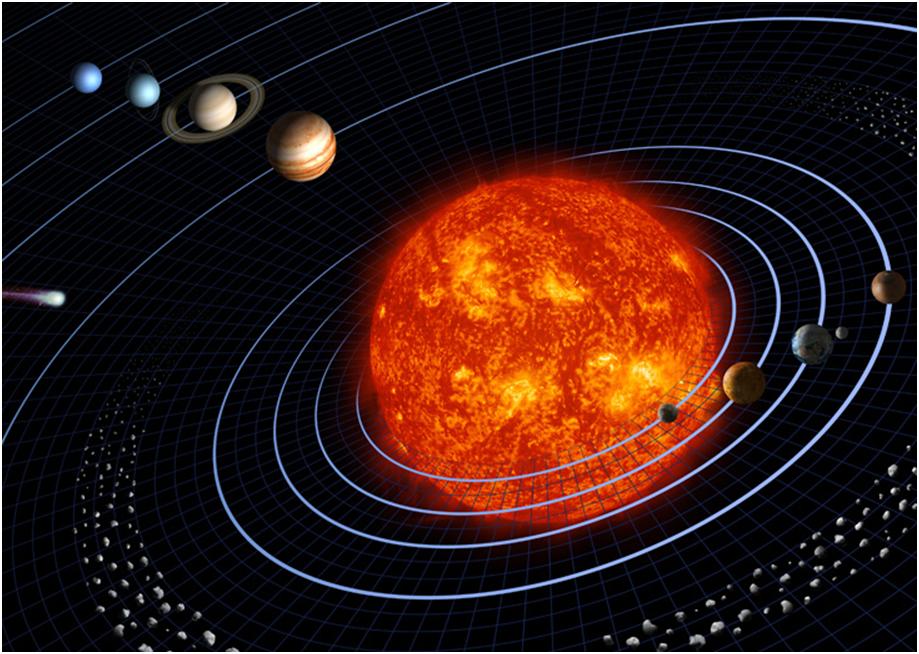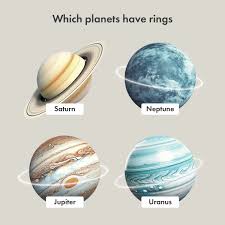Gutter Pairs: Sojuz 4 and Sojuz 5 (Hungary 1969)
Sojuz 4 and Sojuz 5 (Hungary 1969)
21 March (Hungary ) within release Soyuz 4 and Soyuz 5 goes into circulation Gutter Pairs Sojuz 4 and Sojuz 5 face value 2*2 Hungarian forint
| Gutter Pairs Sojuz 4 and Sojuz 5 in catalogues | |
|---|---|
| Michel: | Mi: HU 2492B-2493B |
| Philatelia Hungarica Catalog: | PHu: HU 2534aV-bV |
Gutter Pairs is horizontal format.
this was printed in MS of 4 set; in the rows are 4 different identifying picture of astronautsAlso in the issue Soyuz 4 and Soyuz 5:
- Stamp - Astronauts face value 2;
- Stamp with Attached Label - Astronauts face value 2;
- Gutter Pairs - Sojuz 4 and Sojuz 5 face value 2*2;
- Stamp - Sojuz 4 and Sojuz 5 face value 2;
- Stamp with Attached Label - Sojuz 4 and Sojuz 5 face value 2;
- Stamp with Attached Label - Sojuz 4 and Sojuz 5 face value 2;
- Full Pane - Soyuz 4 and Soyuz 5 face value 8*2;
Gutter Pairs Sojuz 4 and Sojuz 5 it reflects the thematic directions:
An astronaut (from the Ancient Greek ἄστρον (astron), meaning 'star', and ναύτης (nautes), meaning 'sailor') is a person trained, equipped, and deployed by a human spaceflight program to serve as a commander or crew member aboard a spacecraft. Although generally reserved for professional space travelers, the term is sometimes applied to anyone who travels into space, including scientists, politicians, journalists, and tourists
Celestial bodies or heavenly bodies are objects in space such as the sun, moon, planets, and stars. They form a part of the vast universe we live in and are usually very far from us.
Outer space (or simply space) is the expanse that exists beyond Earth's atmosphere and between celestial bodies. It contains ultra-low levels of particle densities, constituting a near-perfect vacuum of predominantly hydrogen and helium plasma, permeated by electromagnetic radiation, cosmic rays, neutrinos, magnetic fields and dust. The baseline temperature of outer space, as set by the background radiation from the Big Bang, is 2.7 kelvins (−270 °C; −455 °F)
A planet is a large, rounded astronomical body that is generally required to be in orbit around a star, stellar remnant, or brown dwarf, and is not one itself. The Solar System has eight planets by the most restrictive definition of the term: the terrestrial planets Mercury, Venus, Earth, and Mars, and the giant planets Jupiter, Saturn, Uranus, and Neptune. The best available theory of planet formation is the nebular hypothesis, which posits that an interstellar cloud collapses out of a nebula to create a young protostar orbited by a protoplanetary disk. Planets grow in this disk by the gradual accumulation of material driven by gravity, a process called accretion.
A spacecraft is a vehicle that is designed to fly and operate in outer space. Spacecraft are used for a variety of purposes, including communications, Earth observation, meteorology, navigation, space colonization, planetary exploration, and transportation of humans and cargo. All spacecraft except single-stage-to-orbit vehicles cannot get into space on their own, and require a launch vehicle (carrier rocket).





